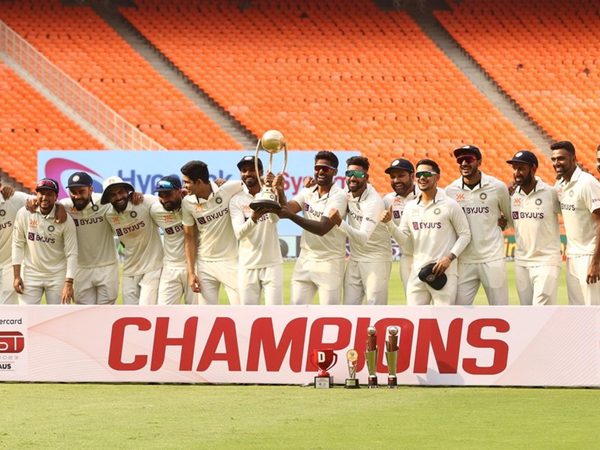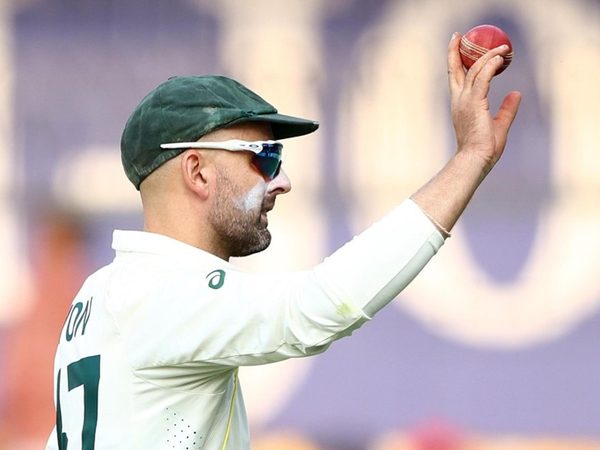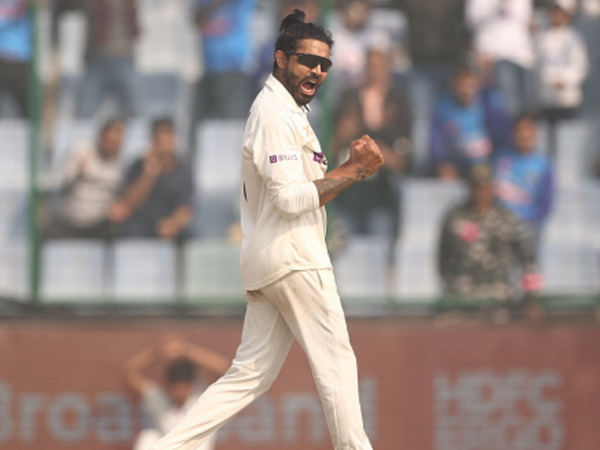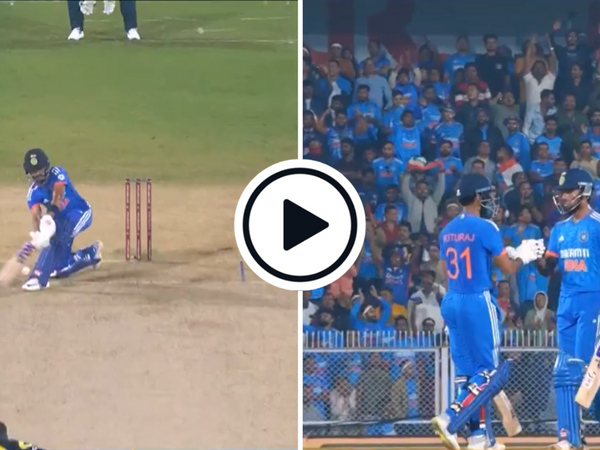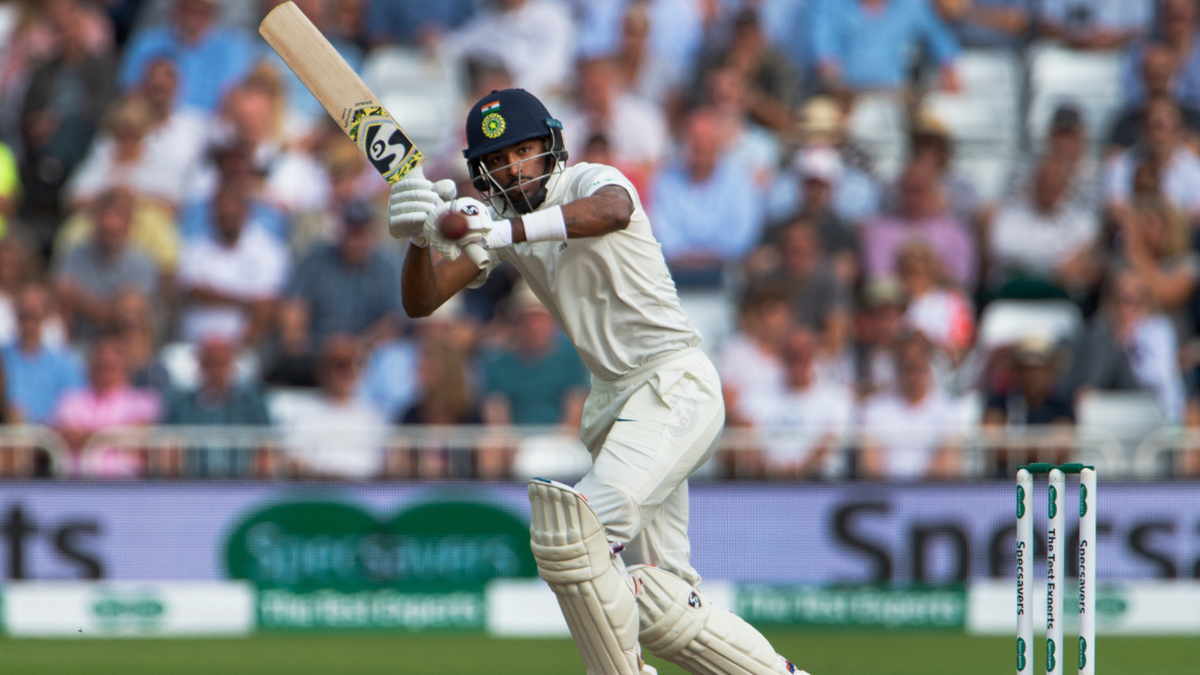
Hardik Pandya has not played Test cricket since September 2018. Shashwat Kumar wonders what might have been had he been fit and firing on all cylinders in red-ball cricket.
While India have not exactly suffered in Pandya’s absence, they have been unable to find an pace-bowling all-rounder who contributes in both suits. Shardul Thakur has impressed on occasion, but he qualifies more as a bowler who can bat, rather than the genuine all-rounder Hardik is.
The value of a pace-bowling all-rounder is underlined more when India play at home, where R Ashwin and Ravindra Jadeja regularly take the new ball. If India want to see how much the ball is swinging, Hardik is more than capable of opening the bowling.
India use their pacers in short bursts at home. Thus, it makes sense to have someone who can add value with the bat. That Pandya averages just a shade over 31 with the ball and has a five-for only highlights how vital he could have been to India during the ongoing series against Australia.
Australia used Cam Green in a similar role in Indore. Green opened the bowling in the first innings … and that was it, but for India collapsed twice again spin. However, if needed, he could have been utilised as a second seamer alongside Mitchell Starc.
Contrast that to Delhi, where Australia played the extra batter in Matt Renshaw, and were forced to play just a solitary pacer to accommodate three spinners. When Axar Patel and Ashwin set out their stall, Australia lacked a pace-bowling threat.
On a similar note, India could have played Pandya alongside one of their specialist fast bowlers. They could also have flirted with the idea of playing Kuldeep Yadav. The current spin troika double up as very handy batters and even mask some of the top order’s failings. If Hardik was around, though, they could have compromised Axar’s batting security for Kuldeep’s wrist-spin variety.
Pandya’s ability to hit the ball is exemplified by his performances in limited-overs cricket as well as his strike rate of 74 in Test matches. The Indian batters have struggled against the Australian spinners. With his ability to strike the ball, Pandya could have forced the Australian spinners to adjust.
He has not featured in a first-class game since December 2018, three months before he had a back injury for the first time since his debut. There is not a lot of recent precedent to say that, if fit, he would have walked into this Indian team. At the same time, it is difficult to not drool over what could have been.
Even in his last first-class appearance, he had picked up seven wickets for Baroda against Mumbai, opened the bowling in both innings and scored 73 batting at No.5.
Pandya can be a crucial key in the cog of this Indian Test side. That is why it hurts, for it invariably brings the sinking feeling of unfulfilled potential.
There is not much clarity from player or team on Pandya’s future in Test cricket. With him possibly being India’s next full-time T20I captain, and with his history of injuries, there is a need to preserve him because cricketers of his ilk do not come around often.
As a fan, however, all we can do is dream about him playing Test cricket. So much so that if given the opportunity, one may even be tempted to ring him up and just ask him if he still has his Test whites around.
Hope is often absurd, crazy and ludicrous. But what if he indeed makes a comeback? Just think about it. Just dream…

